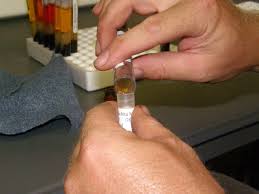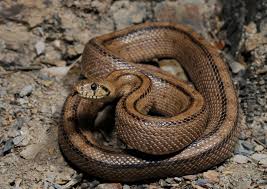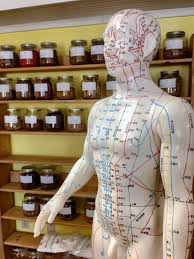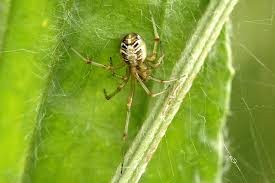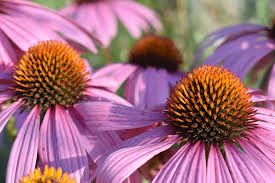
The great remedy Echinacea seems to have become very popular in Germany, and deservedly so if we may judge from the reports of cases printed in the German journals. One case was diagnosed several things by two physicians before it was seen to be a full fledged case of appendicitis. Echinacea had been given from the start and was continued; the case ran an unusually favorable course.
Another unusual case for the remedy was one of piles, blue swollen, protruding and exceedingly dangerous. But let the narrator tell his own story the patient was a woman.
Accordingly I prescribed instead of the cold water compresses cold clay compresses to be applied to the same and the surrounding parts. They were not ignorant of the use of wet clay in this manner, and the husband at once said he ought to have thought of it. The homoeopathic remedy to be internally prescribed had from the first moment been very clear to me. Echinacea! It would take me too far if I would give y reasons for the choice of this excellent remedy. This journal has during the last years given sufficient reasons for my choice. I am only sorry that I did not become acquainted with it earlier. It builds up, stimulates and is antiseptic more than any other remedy, and therefore, also assuages pain. I have used it both internally and externally. Owing to the case before me my doses were considerable. I applied the tincture to the tumors every time the clay was changed, i.e., every half hour, and besides this I mixed it with the clay.
The result was brilliant! Even that same afternoon the patient fell into a refreshing sleep. The next day the violent inflammation of the tumors and the torments thereby inflicted had so much diminished that using the create of Hamamelis I could apply a gentle massage. In three days the tumors behind the sphincters had disappeared, and did not appear even when the stools now set in copiously. Up to this day the patient has not felt any more pains, although the tumors will never quite disappear.
It would bridle to discuss the question whether the tincture without the clay would have alleviated the pains and removed the inflammation as quickly. Let both remedies be used; they have proved their efficacy a thousand times, and brilliantly complement each other. Allopathy would have worked with the knife and with morphine. But since the bloody removal of the tumors would have been an operation in a highly inflamed tissue, there could have been no idea of assuaging thereby the pains. On the contrary. Experience teaches that the pains on the days after the operation are much increased, and the injection of morphine would have to be depended on, and nevertheless the diminution of pains would have been insufficient, without taking into consideration the poisoning with morphine which is not to be neglected, and the disadvantage of the narcosis from chloroform with their previous excitement and the accompanying phenomena. Our advice, therefore, would be to follow the path pointed out above.

